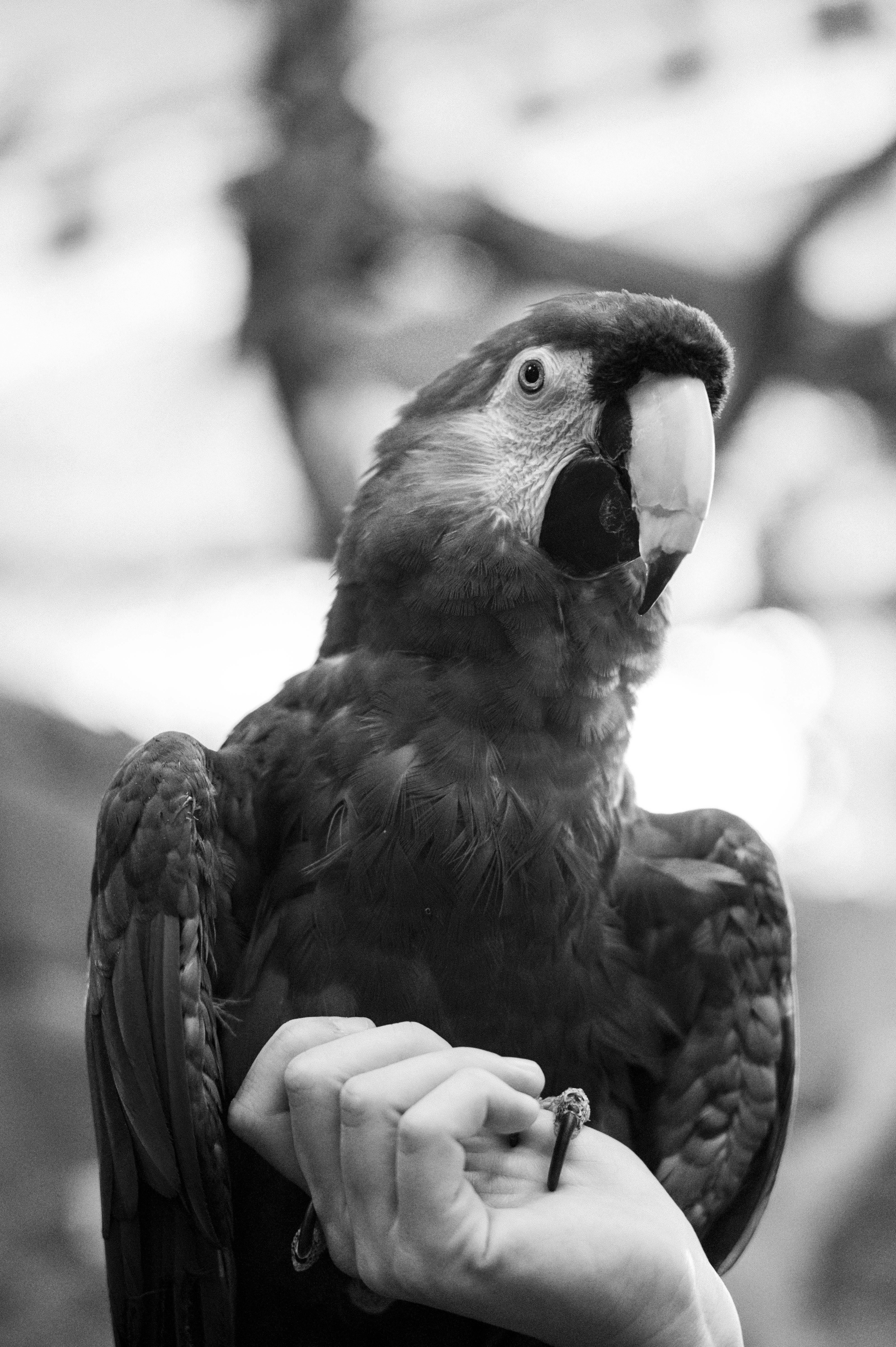Effective Ways to Identify Rabbit Tracks in Snow: Discover Current Techniques for Tracking Wildlife in 2025
Tracking wildlife can transform a simple walk in the snowy woods into an exciting outdoor adventure. One of the most engaging pursuits is identifying rabbit tracks in snow, as these little creatures leave behind distinct footprints that tell a story about their activities. Understanding how to recognize these bunny tracks not only enhances your appreciation for winter wildlife but also deepens your connection to nature. In this article, we’ll explore effective methods for identifying rabbit tracks, focus on current techniques in tracking wildlife, and provide insightful tips for both beginners and seasoned wildlife enthusiasts.
Rabbits are active creatures that leave numerous signs of their presence, especially in snow-covered landscapes. These tracks play a crucial role in understanding their behavior, feeding habits, and movement patterns during the cold months. By learning how to identify rabbit tracks, you’ll not only sharpen your observation skills but also gain insights into the ecological balance of the winter ecosystem. This article will guide you through essential tracking tips, offer practical techniques, and highlight unique aspects of rabbit ecology and behavior during winter.
Let’s embark on this journey to discover the world of rabbit tracks in the snow!
Understanding the Basics of Rabbit Tracks and Snow Conditions
Building on our introduction, it’s crucial to know what rabbit tracks look like and how snow conditions impact their visibility. When observing rabbit tracks, you’re often looking for a pair of circular prints made by their large hind feet, with distinctive smaller forefoot impressions nearby. These can vary in size depending on the rabbit species, but overall, they create a signature hopping pattern in the snow.
Characteristics of Bunny Footprints
Rabbit tracks typically consist of two large back footprints followed by two smaller front footprints. The hind feet are usually much wider than the front, creating a unique track pattern. In general, as rabbits hop, they propel their bodies forward, leading to tracks that are spaced out in a straight or slightly zigzag pattern. The size of these bunny footprints can range from 2 to 4 inches long, depending on the species of rabbit.
Snow Conditions Affecting Visibility
Snow conditions can dramatically affect how well you can identify rabbit tracks. Fresh powder snow is ideal for tracking as it retains the imprint of the footprints better than icy or crusted snow. Additionally, deeper snow will make the tracks more prominent, allowing for better visibility. Conversely, melting snow or heavily compacted areas may obscure tracks, making identification more challenging.
Understanding Rabbit Movement in Winter
Rabbits are most active during dawn and dusk, making late afternoon or early morning the best times to spot their tracks. Familiarizing yourself with their movement patterns can enhance your tracking experience. For instance, when rabbits are foraging for food, they tend to leave trails that connect various patches of cover and forage locations, offering clues about their daily routines.
Identifying Rabbit Tracks in Snow: Step-by-Step Process
With the basics covered, let’s delve into practical steps to help you identify rabbit tracks effectively in winter conditions. This hands-on approach will bolster your tracking skills and enhance your winter nature excursions.
Step 1: Examine the Track Size and Shape
When you first encounter tracks, take a moment to assess their size and shape. Rabbit tracks are usually oval in shape. Measure the distance between tracks to get a sense of their hopping pattern. Typically, rabbits jump around 2 to 4 feet apart when moving through their habitat.
Step 2: Analyze Track Patterns
Observe the arrangement of the tracks. A typical rabbit hopping pattern involves two hind feet landing together followed by two forefeet. Each bunny’s movement can create variations based on speed, so track patterns may also include clusters when they are startled or moving quickly away.
Step 3: Look for Additional Signs of Rabbit Activity
Rabbit tracks can often lead to further signs of activity. Look for chewed vegetation, rabbit droppings, or burrows nearby, which indicate that rabbits are frequenting that area. This will also help you determine if the area is a food source or a sheltering spot, offering insights into rabbit habitats during winter.
Step 4: Use Tools for Better Tracking
Consider utilizing tracking tools like a hand lens or camera to capture the details of the tracks. This can be beneficial for identifying specific species or for taking notes on your observations. Wildlife tracking apps are also available, which allow you to document your findings and compare them to existing databases.
Step 5: Keep a Tracking Journal
Maintaining a journal of your findings can significantly enhance your wildlife observation skills. Document the locations, dates, and conditions in which you found tracks and any additional observations you made. This practice can help you track seasonal patterns and changes in rabbit behavior throughout the year.
Advanced Tracking Techniques for Experienced Enthusiasts
Taking this concept further, let’s explore advanced techniques for identifying rabbit tracks effectively, particularly if you’ve been tracking for a while and want to improve your skills.
Understanding Rabbit Ecology and Behavior
In order to track rabbits effectively, it’s helpful to understand their biology and ecology. For instance, rabbits have specific foraging habits, and they tend to feed on grasses, herbs, and shrubs during the winter months. This knowledge can lead you to areas where tracks are likely to be found.
Utilizing Technology for Enhanced Tracking
Today, wildlife conservationists and enthusiasts are turning to technology for tracking assistance. Several apps are available to help identify animal tracks and document observations efficiently. These tools provide an interactive approach to wildlife tracking, making it easier to learn and engage with nature.
Collaborating with Wildlife Research Projects
Many local conservation groups and wildlife research projects welcome volunteers for tracking and monitoring wildlife. Participating in these activities can provide insight into rabbit behavior and enhance your tracking skills by learning from experienced professionals.
Joining Wildlife Observation Classes
Consider enrolling in classes that focus on animal tracking and observation skills. These courses can deepen your understanding of animal movements and improve your ability to identify various species through their tracks. Classes often include hands-on experiences in snowy environments, helping you develop practical skills while identifying rabbit tracks.
Practical Tips for Rabbit Tracking in Snowy Conditions
Now that you have an understanding of the techniques and methods, let’s cover some practical tips to keep in mind when tracking rabbits in snowy environments. These tips will ensure a successful and enjoyable wildlife observation experience.
Be Patient and Observant
Tracking requires a good deal of patience and observation. Take your time to observe the landscape and the signs of wildlife, and don’t rush through areas. Sometimes the best discoveries come from carefully scanning your surroundings.
Choose the Right Timing for Tracking
As previously mentioned, early morning and late afternoon are prime times for rabbit activity. Plan your tracking excursions around these optimal hours to increase your chances of spotting fresh tracks or live rabbits.
Wear Appropriate Gear and Footwear
Snowy terrains can be challenging to navigate. Ensure you’re equipped with proper footwear for snow and appropriate clothing to keep warm during your excursions. This will allow you to move more freely and comfortably while tracking.
Respect Wildlife Habitats
As you track rabbits and other wildlife, it’s essential to be mindful of their habitats. Steer clear of sensitive areas such as burrows or dens where rabbits might be breeding or resting. Ethical tracking not only helps maintain wildlife populations but also ensures your own safety.
Q&A Section: Common Questions About Identifying Rabbit Tracks
What are the key features to look for in rabbit tracks?
The key features include two large circular hind footprints that are typically wider than the smaller forefoot prints. The arrangement in pairs signifies their unique hopping pattern.
How can weather conditions affect tracking?
Fresh snow provides better visibility for tracks. Melting or icy conditions can obscure details, making tracking more challenging. A warm day following snowfall is optimal for identifying tracks.
What should I bring for a successful tracking experience?
Consider bringing a tracking journal, camera, and possibly a tracking app. Good footwear and warm clothing are essential to ensure comfort while you explore.
Are there any ethical considerations when tracking wildlife?
Yes, it’s vital to respect wildlife by avoiding disturbances to their habitats. Always observe from a distance, and do not approach nesting or resting sites to minimize stress on animals.
How can I improve my tracking skills?
Practice regularly, join wildlife observation groups or classes, and document your findings. Collaborating with experienced trackers can also significantly enhance your skills.
Conclusion: Embrace the Thrill of Tracking Rabbit Tracks in Winter
Identifying rabbit tracks in snow is more than just a fun outdoor activity; it’s an enriching experience that connects you to the natural world and enhances your understanding of winter wildlife. By applying the techniques discussed in this article and following the practical tips, you can develop your skills and become a proficient tracker. Remember, tracking is a journey of learning and discovery—embrace it.
For further reading on animal behavior and wildlife tracking, you may explore these articles: Understanding Wildlife Patterns and Winter Wildlife Conservation Efforts.

Enjoy your tracks in the snow and the remarkable insights they reveal about the magical world of winter wildlife!

